1876 Book: Home Talk, Medical Common Sense (Society, Love, Marriage, Parentage, Etc.) contains 1,478 ppm Lead, 18 ppm Cadmium, 133 ppm Mercury (in the cover)
Published: February 14, 2022 — Monday
In general, vintage and antique books will test positive for unsafe levels of heavy metals — and I do not consider them safe to have in a home with children present. (To see more books I have tested, click here). If you must keep antique books around your home or office, I always recommend a “legal bookcase”-type case (the ones with the glass doors that form a barrier in front of the books – which protects the books as well.) Any kind of enclosed glass case would work, but those legal bookcases seem to be readily available (get a contemporary one — as the vintage/antique cases can have Lead in their finish, too!).
Other solutions for collections of vintage books
I did have one reader who had a fairly large collection of antique books that they felt they needed to keep for family reasons. They chose to put all of these books (along with a few other collectibles that were not safe for children / and/or they did not wish to be handled) in a regular bookshelf and then to got a custom sheet of plexiglass made which they then affixed to the front of the bookshelf.
Another reader had a full wall of vintage and antique books — that she had inherited after her father passed away. She chose to donate the books to the university where her father used to teach – with a name plaque at the front of each of the books.
Having these types of books kept in a university library or other historical preservation situation is preferable to having them kept in a home with children, because they do shed micro-dust (which can contain Lead, Mercury, and Cadmium when those metals are present in the books – as they often are – as they deteriorate [and they can also harbor mold, which is also a potential health hazard in a home environment].)
- Please read this overview about Lead in books: Is Lead in vintage books a real poisoning concern?
- Here’s the category of articles that lists (in summary form, by decade) most of the books we have tested and published results for on this website.
- This article discusses how much Lead in dust it takes to poison a child.
Full XRF test results for the book pictured here:
Reading #1) Cover of the book
30-second reading
- Lead (Pb): 1,478 +/- 29 ppm
- Cadmium (Cd): 18 +/- 3 ppm
- Mercury (Hg): 133 +/- 12 ppm
- Bromine (Br): 4 +/- 2 ppm
- Chromium (Cr): non-detect
- Iron (Fe): 16,100 +/- 300 ppm
- Copper (Cu): 409 +/- 24 ppm
- Zinc (Zn): 313 +/- 16 ppm
Reading #2) Interior pages of the book
30-second reading
- Lead (Pb): 127 +/- 8 ppm
- Cadmium (Cd): 17 +/- 3 ppm
- Mercury (Hg): non-detect
- Bromine (Br): non-detect
- Chromium (Cr): non-detect
- Iron (Fe): 2,562 +/- 92 ppm
- Copper (Cu): 58 +/- 13 ppm
- Zinc (Zn): 31 +/- 6 ppm
Some additional reading / links for those not yet familiar with this work:
- To learn more about the testing methodology employed for the test results reported on this website, click here.
- For a quick menu to explore more categories of tested items on this website, click here.
- For a quick video tutorial showing you how to most efficiently use this website (including all the ways to find Lead-free consumer goods we have tested and reported on), click here.
- To learn more about hiring Tamara for a one-on-one home consultation or a small community event, click here.
- To find out how to send a single item in for testing, click here.
- Please follow us on Instagram, Facebook and Twitter!
- Please subscribe to the Lead Safe Mama, LLC e-mail newsletter to be among the first to see any and all newly published test results here on the website too!
- To check out our new(ish) site that only has Lead-free things for sale, click here!
For those new to this website:
Tamara Rubin is a multiple-federal-award-winning independent advocate for childhood Lead poisoning prevention and consumer goods safety, and a documentary filmmaker. She is also a mother of Lead-poisoned children (two of her sons were acutely Lead-poisoned in 2005). Since 2009, Tamara has been using XRF technology (a scientific method used by the U.S. Consumer Product Safety Commission) to test consumer goods for toxicants (specifically heavy metals — including Lead, Cadmium, Mercury, Antimony, and Arsenic). Tamara’s work was featured in Consumer Reports Magazine in February 2023 (March 2023 print edition).
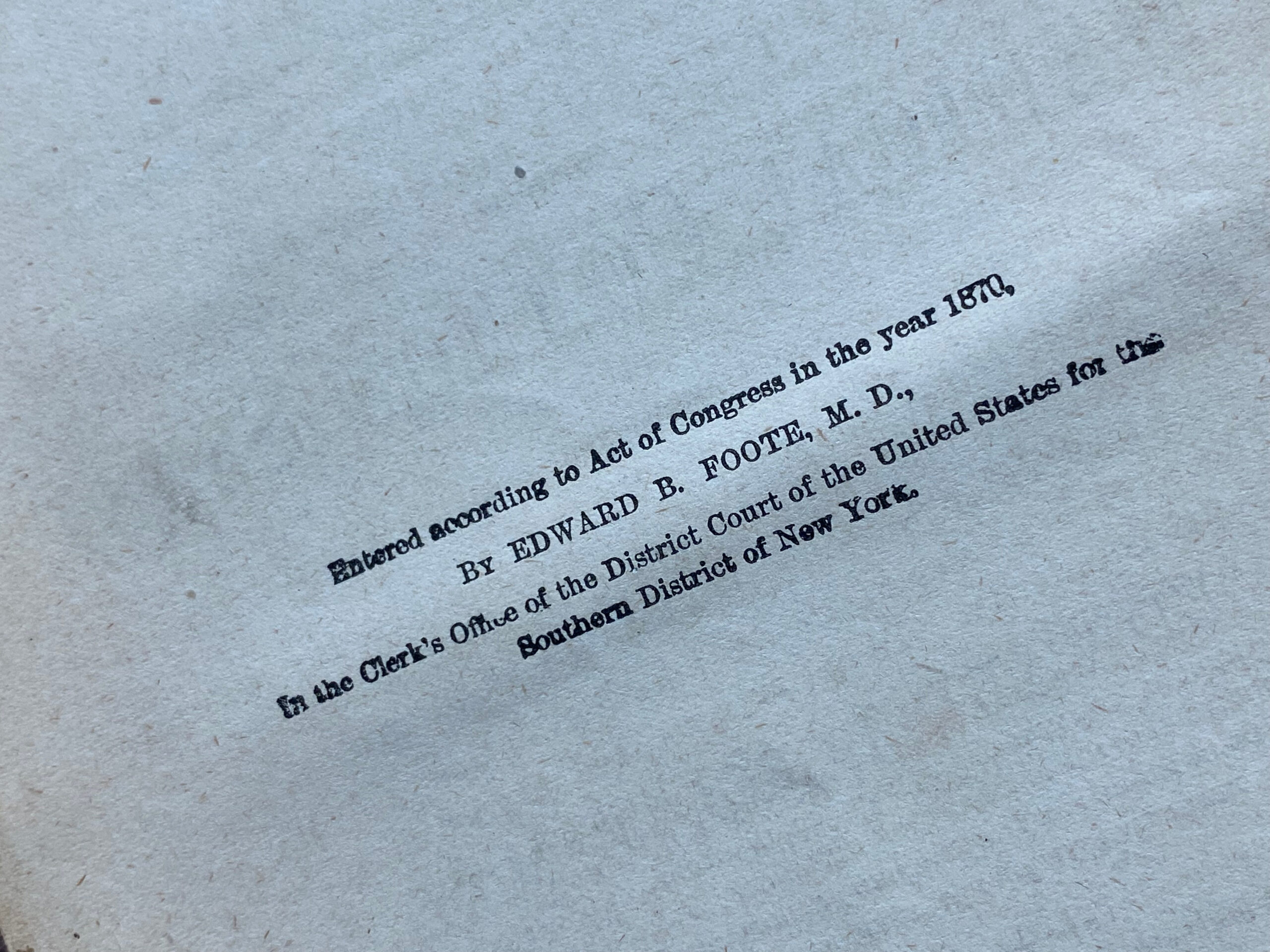
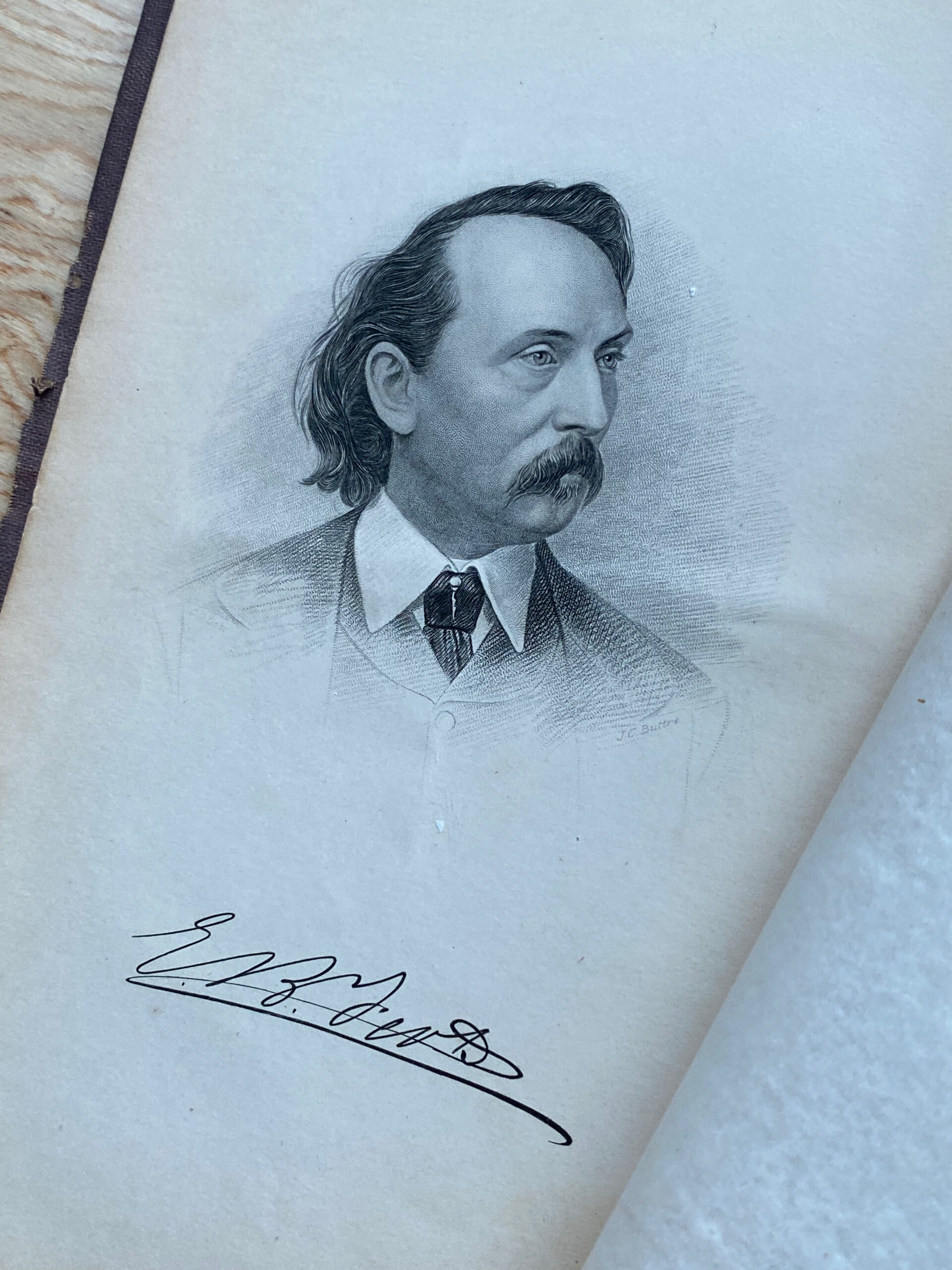
Never Miss an Important Article Again!
Join our Email List









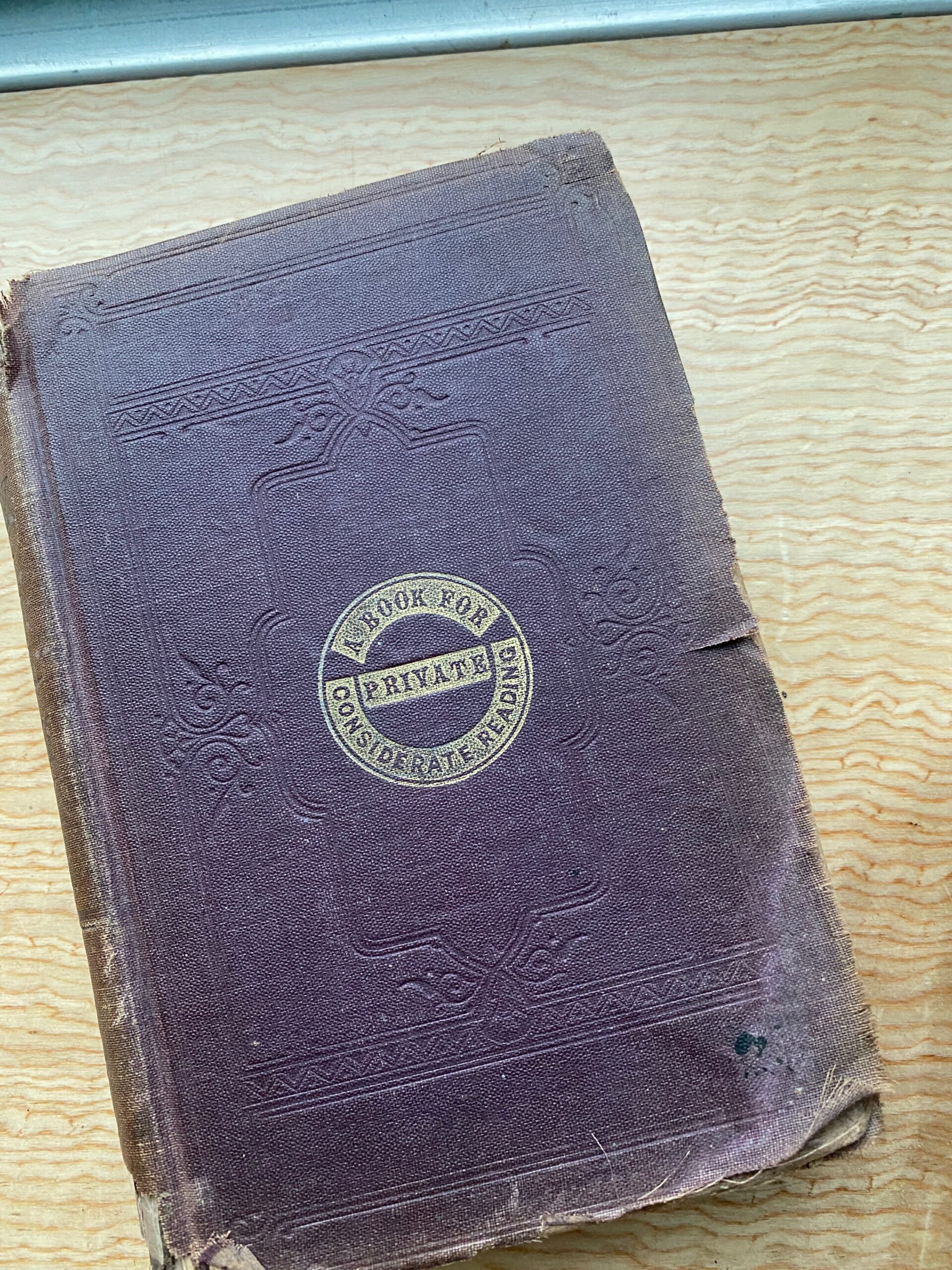
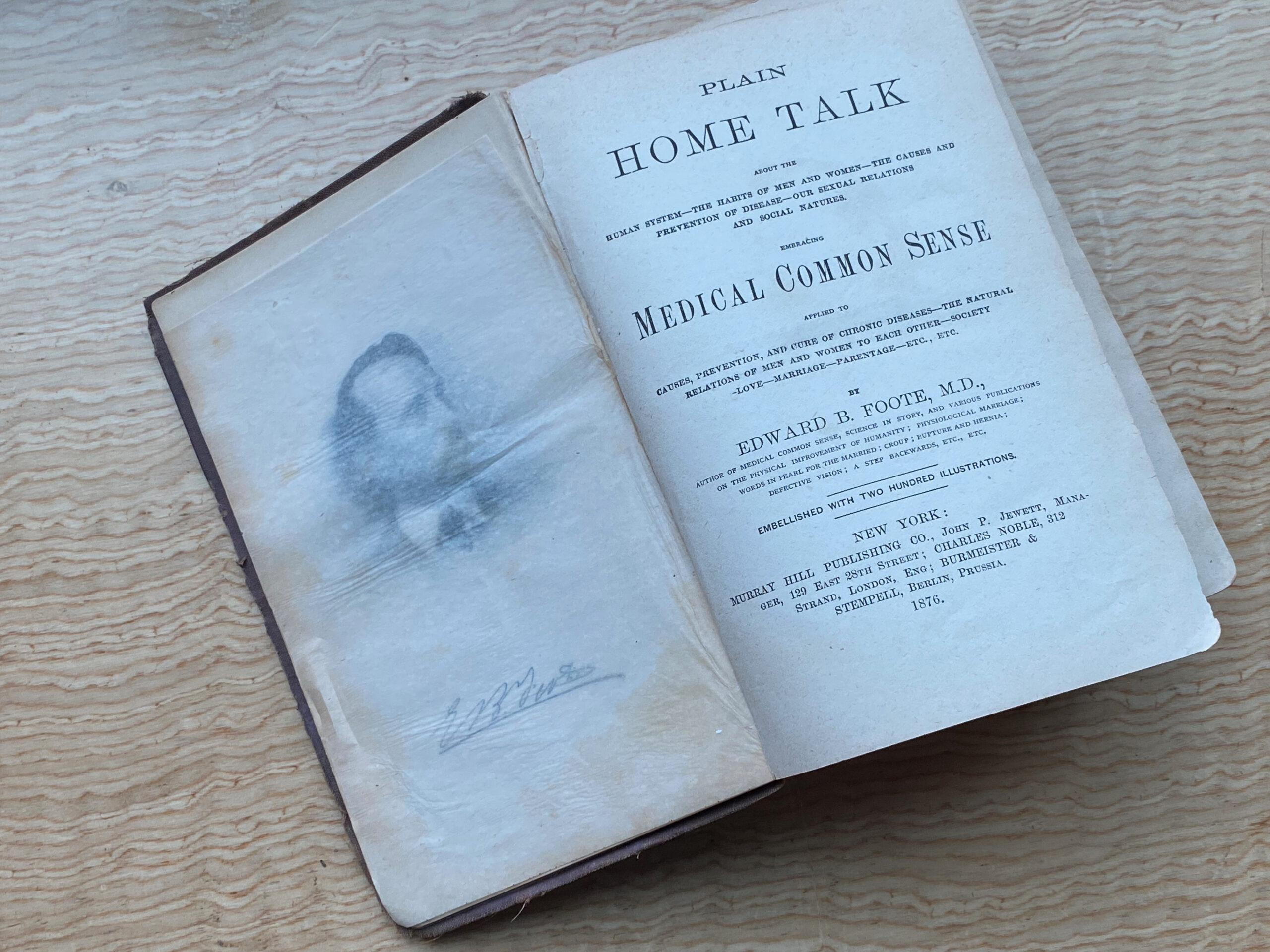
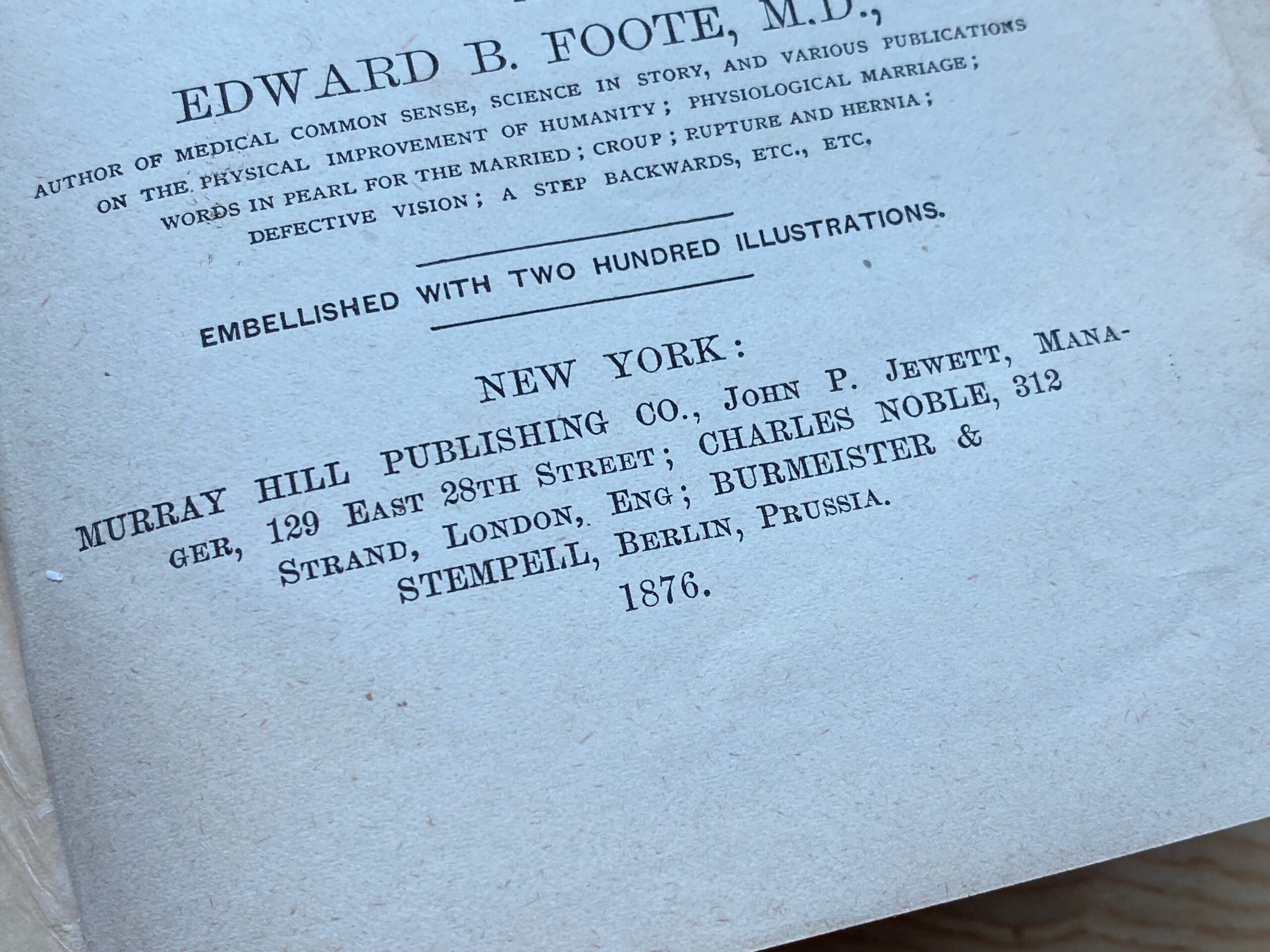
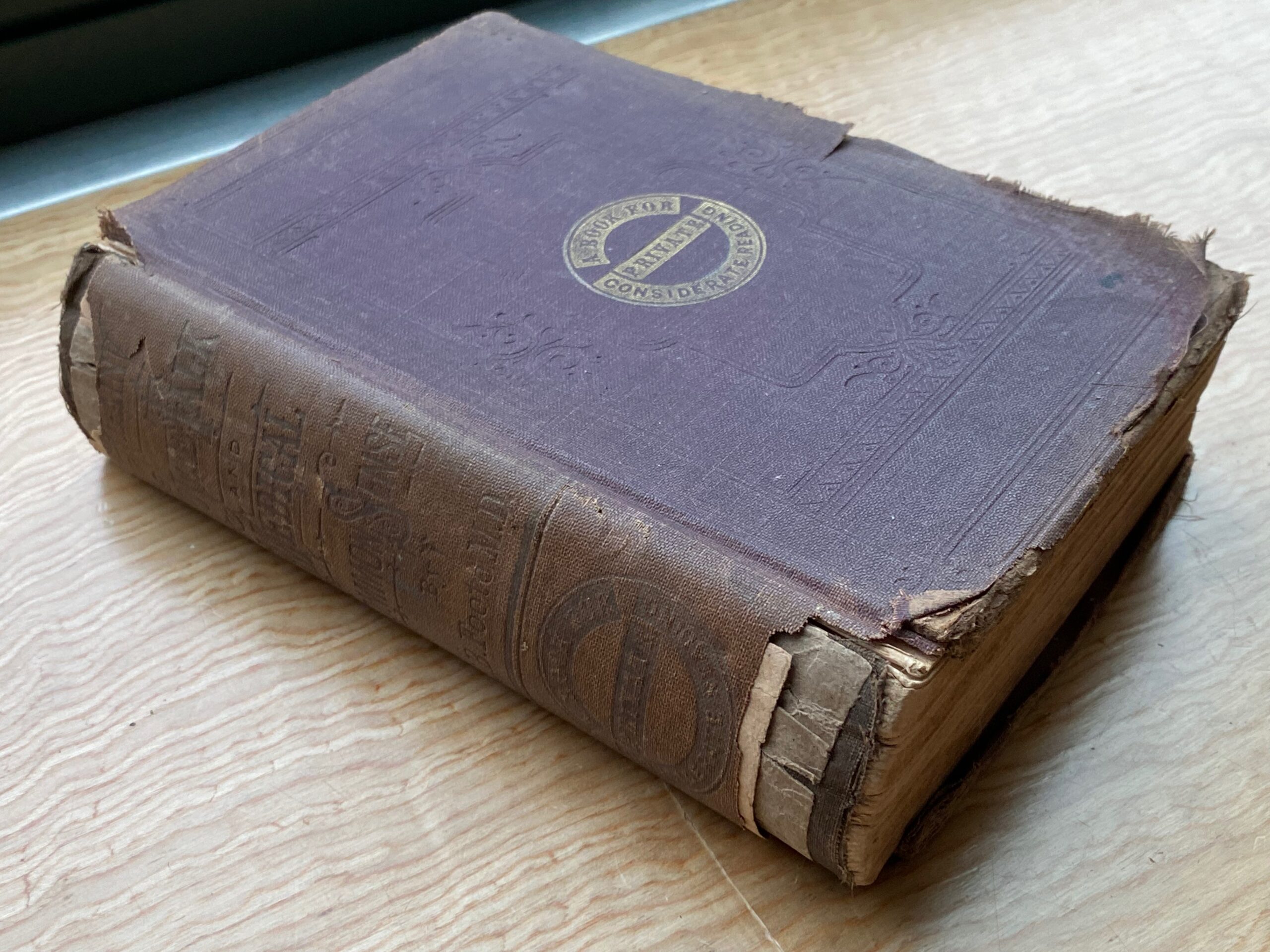
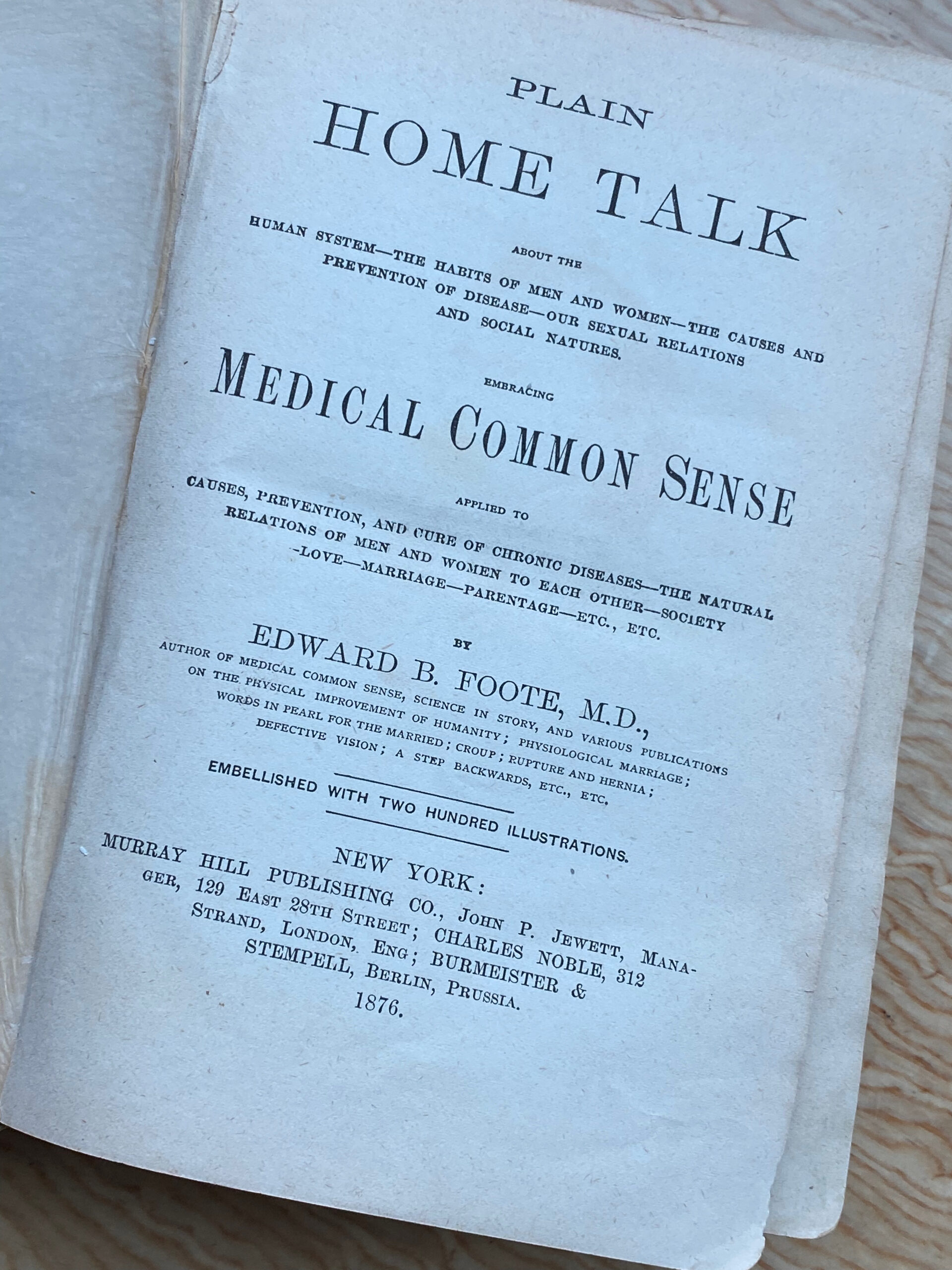
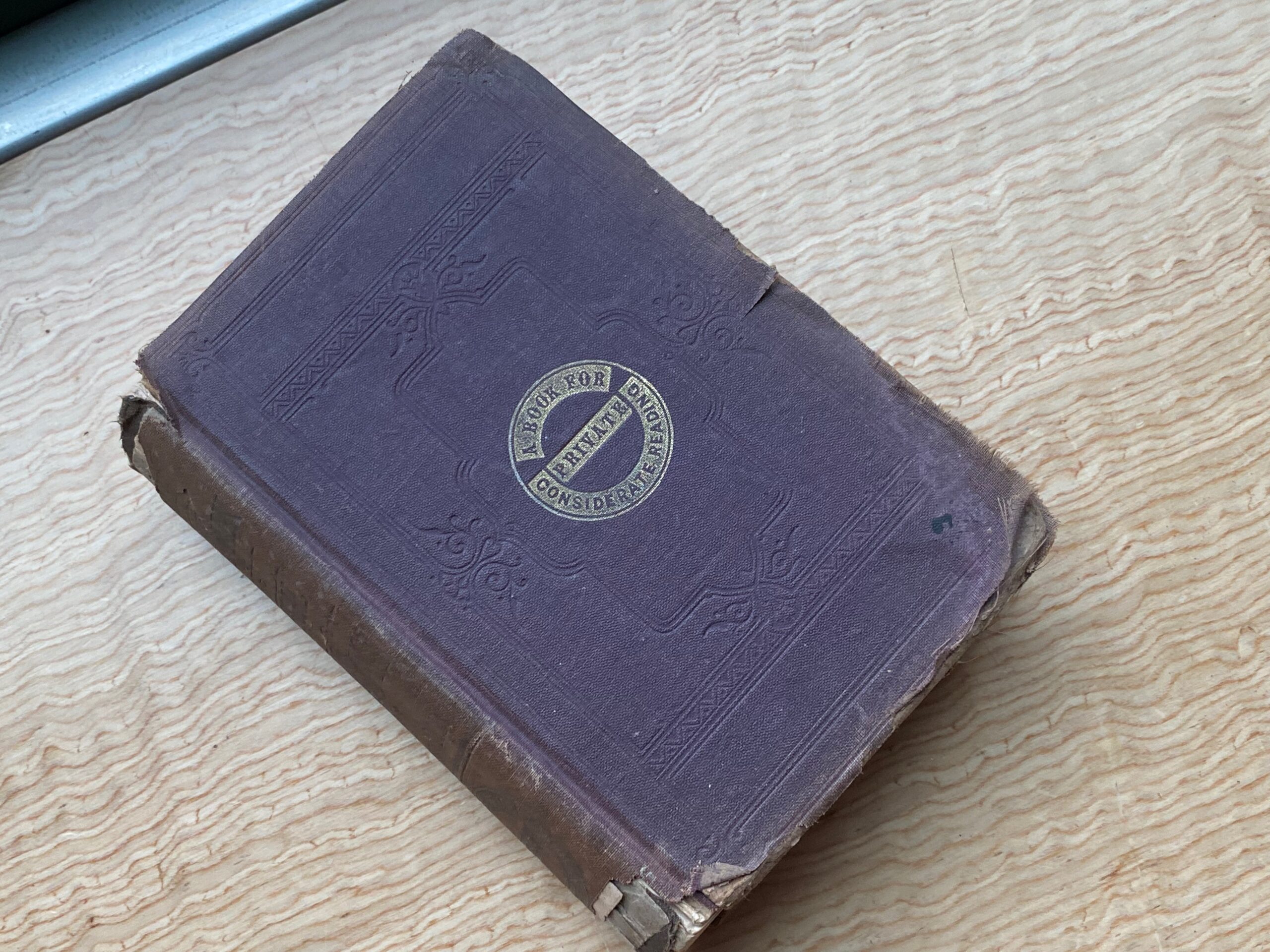

A home with a wall of bookcases of old books would really add up to a lead hazard with the dust and glue as they deteriorate.
Yes – definitely!
T